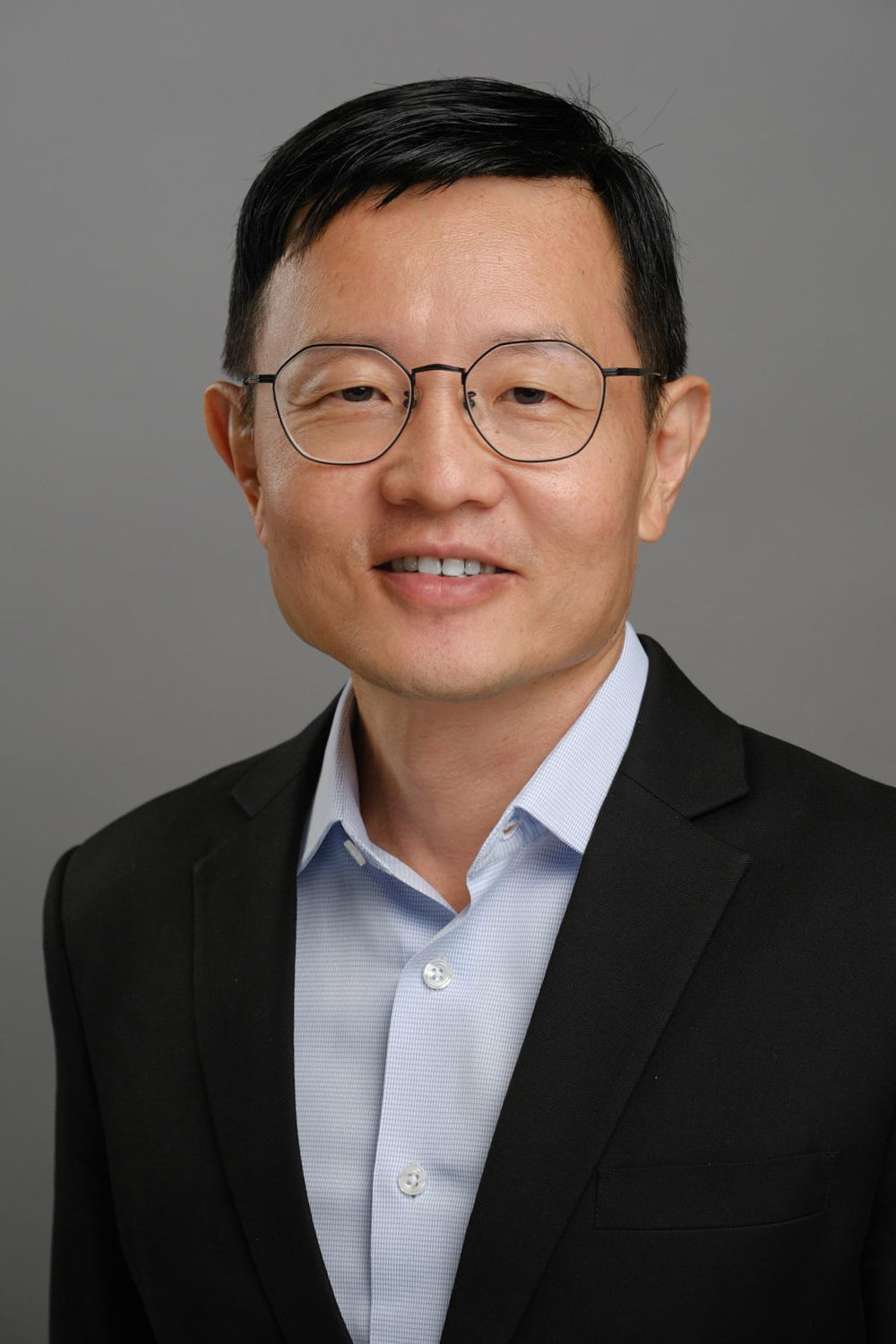Most of us take for granted that we can easily get out of bed, brush our teeth and walk. For people with muscular dystrophy, those simple everyday activities require a significant amount of effort, which may increase over time. Muscular dystrophy refers to a group of disorders that cause progressive weakness and loss of muscle mass, robbing one of the ability to execute daily tasks like walking and in severe cases, swallowing food or breathing.
There is currently no cure for muscular dystrophy, so people with the illness have to continuously adapt to their deteriorating condition. To help ease some of the challenges those people face in their daily lives, a team from the National University of Singapore (NUS) has developed the FUNction Device to provide an assistive human-machine interface that enables patients to continue using their smartphone and tablet even in advanced stages of their illness.
“Current assistive devices — such as touch-screen devices, keyboards, glidepads and the computer mouse — require a considerable amount of strength in wrists, hands and fingers to be used. These devices lose their usefulness in the later stages of muscular dystrophy. Therefore, the objective of the FUNction Device is to provide an adaptable interface that can be activated by minuscule finger movements for various computer functions,” says Professor Lim Chwee Teck, a member of the NUS team that developed the device, in an interview with DigitalEdge.
The FUNction Device uses a soft, thin and stretchable sensor that allows minute movements and finger forces to be translated to software controls on the device. Designed to be user-friendly, it is a plug-and-play device that functions like a normal computer mouse. Users can calibrate its sensitivity on the control panel too. “We also intend to build gaming software to motivate the user to perform exercises and to monitor their functional strength. Exercise itself is associated with increased mental well-being. The incorporation of games has been shown to help improve motivation and adherence to an exercise regime,” shares Lim.
Factors affecting product development
The FUNction Device is still under development. Lim cites ensuring the usability and effectiveness of the FUNction Device for patients at various stages of muscular dystrophy as one of the top challenges of developing the product.
See also: From AI beds to remote ICUs, start-ups are plugging India’s health gaps
He adds: “We also realised that patients have differing needs and requirements. For example, different patients adopt different postures to cope with their disability, which means what worked for one patient may not necessarily work for another.”
To overcome those issues, Lim and his team are currently working with seven muscular dystrophy patients to test the device. “We engage the patients at the early stage, surveying their needs and requirements, as well as taking time to observe their daily activities. It was also important for us to involve the various stakeholders in the process, including the caregivers and physiotherapists. That helped us to gather the requirements early.”
The NUS team intends to recruit 20 more patients to further refine the solution before commercialising it to the Singapore market through Microtube Technologies in a year’s time.
See also: Connecting ecosystems: Build blocks, not billionaires
Additionally, Lim highlights that the Enabling Lives Initiative Grant has been instrumental in accelerating the progress of the development of the FUNction Device. Funded by the Tote Board and managed by SG Enable, the Enabling Lives Initiative (ELI) Grant is the only social innovation grant in Singapore dedicated to supporting persons with disabilities.
“The Enabling Lives Initiative Grant has two tranches so far. The first tranche started in 2015, and this was renewed as a second tranche in 2020. As of June 2023, $26 million has been committed to 64 projects, which stand to benefit more than 20,000 persons with disabilities and caregivers. To date, 31 of these projects have been completed,” says Emily Ong, SG Enable’s director for Strategy and Innovation & Enabling Village.
She continues: “SG Enable is building an ecosystem of social innovation through the administration of this grant — leading efforts to drive innovations that empower persons with disabilities and their caregivers, improving the quality of their lives. [The projects we fund must fall under our] key focus areas, which we determined through reviewing the ground and sensing the needs of the community. [In short,] we create collective impact through the ELI Grant, catalysing innovation through pilots and non-traditional solutions as well as driving collaborations by bringing multi-sectoral players together.”
In the case of the FUNction Device, the ELI Grant opened opportunities for the NUS team to collaborate with the National University Health System and the Muscular Dystrophy Association (Singapore).
With the support of Tote Board and SG Enable, these stakeholders were able to converge on a single objective — which is to allow patients with muscular dystrophy to have more opportunities to participate in social, family, economic and community life — and accelerate product development. Having a platform that connects researchers to both the patients and their stakeholders will spur more innovation and market growth in Singapore and the Asia Pacific.Professor Lim Chwee Teck, NUS
With the support of Tote Board and SG Enable, these stakeholders were able to converge on a single objective — which is to allow patients with muscular dystrophy to have more opportunities to participate in social, family, economic and community life — and accelerate product development. Having a platform that connects researchers to both the patients and their stakeholders will spur more innovation and market growth in Singapore and the Asia Pacific.Professor Lim Chwee Teck, NUS
He also shares that his team is planning to expand the FUNction Device such that it can be adapted for any individual with muscle weakness. This includes anyone with significant hand weakness such as other neuromuscular disorders, like spinal muscular atrophy and amyotrophic lateral sclerosis, as well as other neurological disabilities, such as stroke, spinal cord injury and cerebral palsy.




